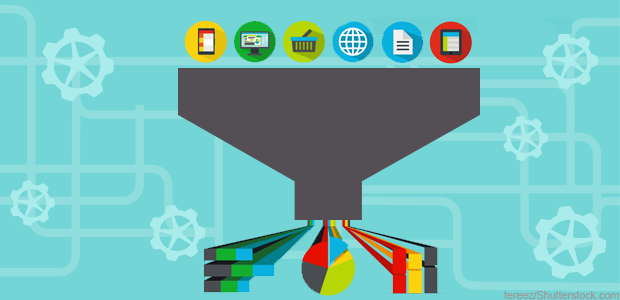The evolution of TBM for your organization

Buying into a common framework advances objectives that go beyond a single organization and enables an entire system to operate in a more unified way. For governments, this translates to better service for constituents.

Technology Business Management (TBM) is bigger than any technology or vendor—it is a philosophy and set of best practices organizations choose to embody every day. Buying into a common framework advances objectives that go beyond a single organization and enables an entire system to operate in a more unified way. For governments, this translates to better service for constituents.
Based on our collective 25 years of technology experience, including almost a decade of applying TBM to Washington state government (where 45 agencies are under one TBM framework) we've identified the keys steps that make it easier to opt into TBM.
Build a strong relationship between finance and technology
There is no greater ally in introducing and maintaining a strong TBM program than a partnership between technology and finance teams. It's in everyone's interest to get alignment on controlling costs and demonstrate return on investment. Whether you're just starting or well underway, collaboration between the technical and finance team is critical.
For IT organizations, a good way to build a relationship with your finance team is to introduce them to the TBM taxonomy and help them understand this new framework. From there, show them proof points that demonstrate how TBM has uncovered excess spend or helped optimize operations. As you help them understand how TBM will support their highest priority work, they can act as a supporting voice with leadership, which often looks to them to co-sign on major decisions that impact the organization as a whole.
Automate processes wherever possible
Washington State's Office of the Chief Information Officer (OCIO) has successfully onboarded 45 agencies including the Department of Agriculture, the Department of Corrections, the Department of Revenue and the Department of Social and Health Services onto the same TBM platform. As a result, the state was able to eliminate tasks that were occurring across multiple agencies. This saved time and taxpayer resources. In addition, using TBM reduced the burden on agencies, increased success rates and ensured greater accuracy in state data by removing the number of manual inputs and reducing opportunities for error.
Create user-friendly resources and share them far and wide
As with any organization-wide operating principle, ease of use increases the adoption of a new tool or methodology. Spending time to adopt standards that are both relevant to the organization and applicable across teams is worthwhile to get buy-in and to ensure that meaningful insights emerge over time.
These standards can include how projects and tools are classified, what terms are used to describe business functions and results and even how teams communicate with one another. The specifics will change with each organization, but what must remain true is that standards represent the true reality of the business and can be applied across business units.
Just as important, any organizational standards must be buttressed by easy-to-access resources that encourage adoption. For example, we created templates and a printable placemat of our standard TBM taxonomy that we shared with each new agency as it came on board. With this and other helpful materials, we saw a 100 percent adoption rate. It was so effective that even our legislative members are using the same language! We made the placemat publicly available so that anyone can access the resource any time.
Just get started
For anyone hesitating to jump into TBM because of a messy dataset: just get started. There is no such thing as perfect data, and even your imperfect dataset can lead you to pinpoint exactly where you need to spend time and energy. It will reveal what path forward makes the most sense for your agency whenever you reach a decision point about the next IT investment.
In the end, relationships are at the heart of any successful TBM framework, whether it's a relationship that helps gain initial buy-in or the relationships established by endeavoring to make TBM the easy and logical choice for peer organizations.
NEXT STORY: GSA bumps STARS II ceiling by $7 billion


